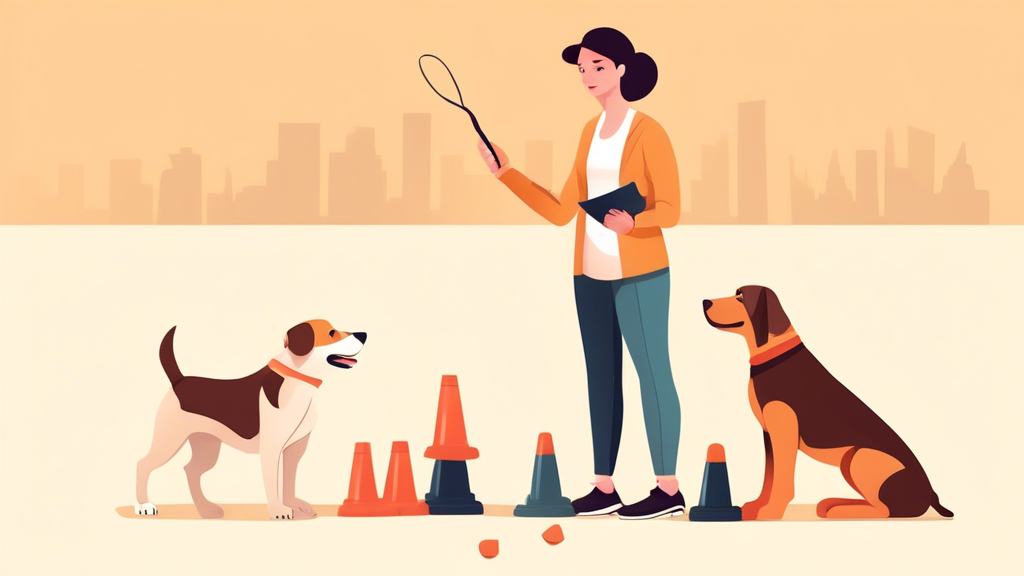Dog training is an essential part of raising a happy and well-behaved pet. One of the most effective tools for training dogs is the clicker. Clicker training is a form of positive reinforcement training that can help you teach your dog new behaviors and improve their obedience. In this article, we will explore how you can master dog training using the best clicker tool.
Understanding Clicker Training
Clicker training is based on the principles of operant conditioning, which involves associating a specific behavior with a reward. The clicker serves as a marker to communicate to the dog that they have performed the desired behavior correctly. The sound of the click is followed by a treat or praise, reinforcing the behavior and increasing the likelihood of it being repeated in the future.
One of the key advantages of clicker training is its precision. The clicker provides immediate feedback to the dog, making it clear which behavior is being rewarded. This can help speed up the learning process and make training sessions more effective.
Choosing the Best Clicker Tool
When selecting a clicker for dog training, there are a few key features to consider. Look for a clicker that is comfortable to hold and easy to use. Some clickers come with adjustable volume settings, which can be useful in various training environments.
It is also essential to choose a clicker with a distinct, clear sound that your dog can easily recognize. The clicker should be durable and reliable to withstand repeated use during training sessions. Additionally, some clickers come with wrist straps or clips for easy attachment, allowing you to keep the clicker handy during training sessions.
Mastering Dog Training with Clicker Tool
When using a clicker for dog training, consistency is key. Start by associating the sound of the clicker with a reward, such as a treat or praise. Click and treat your dog for performing simple behaviors, such as sitting or lying down. Repeat this process to reinforce the desired behaviors.
Gradually, you can use the clicker to train more complex behaviors, such as coming when called or walking on a loose leash. Break down each behavior into small steps and click and treat your dog for each step towards the final behavior.
Remember to keep training sessions short and positive to keep your dog engaged and motivated. Use the clicker as a tool to communicate with your dog effectively and build a strong bond based on trust and cooperation.
In conclusion, mastering dog training with the best clicker tool requires patience, consistency, and positive reinforcement. By using a clicker to train your dog, you can communicate more effectively, accelerate the learning process, and create a positive training experience for both you and your furry companion.

